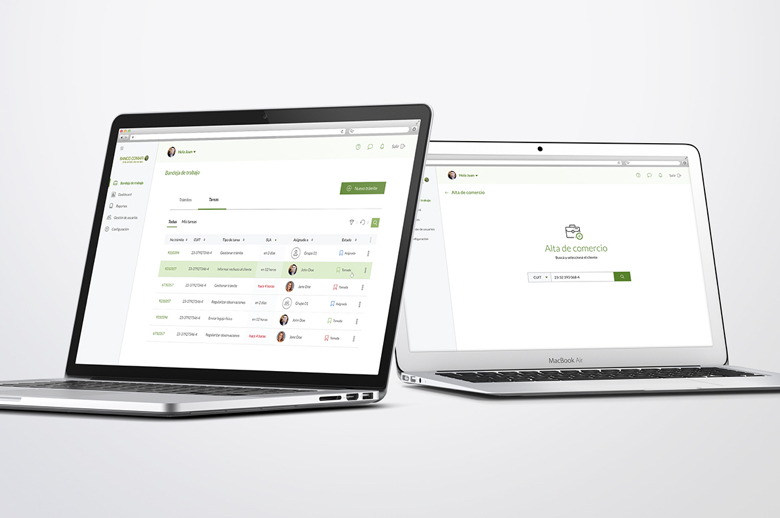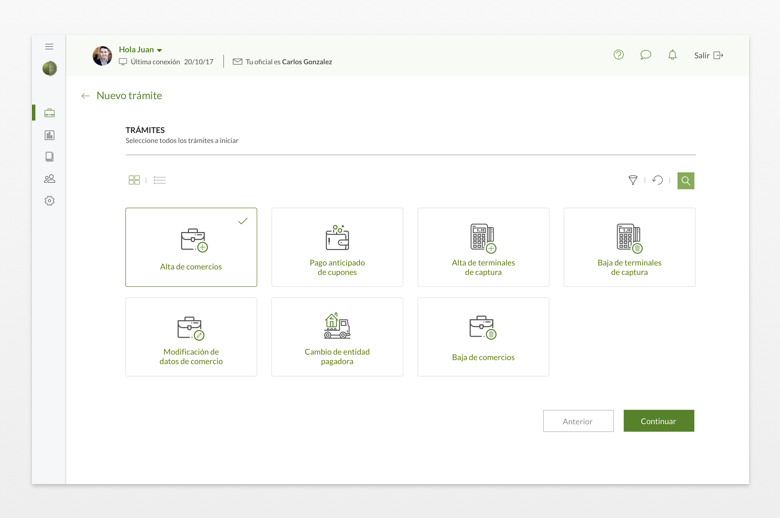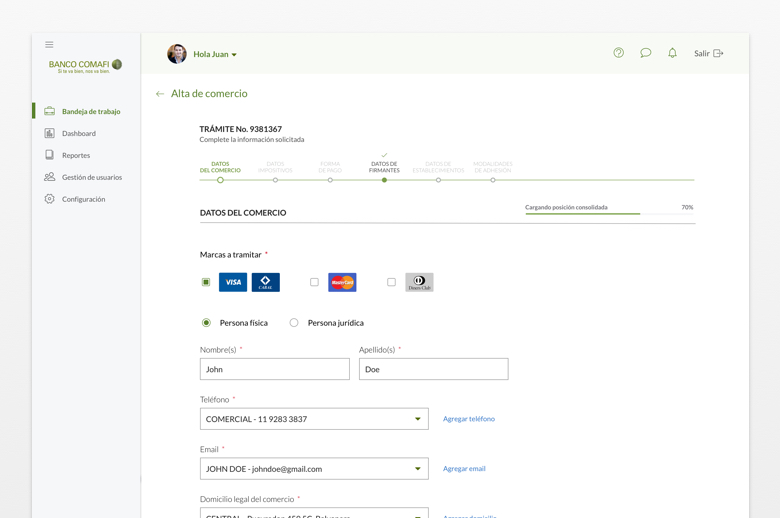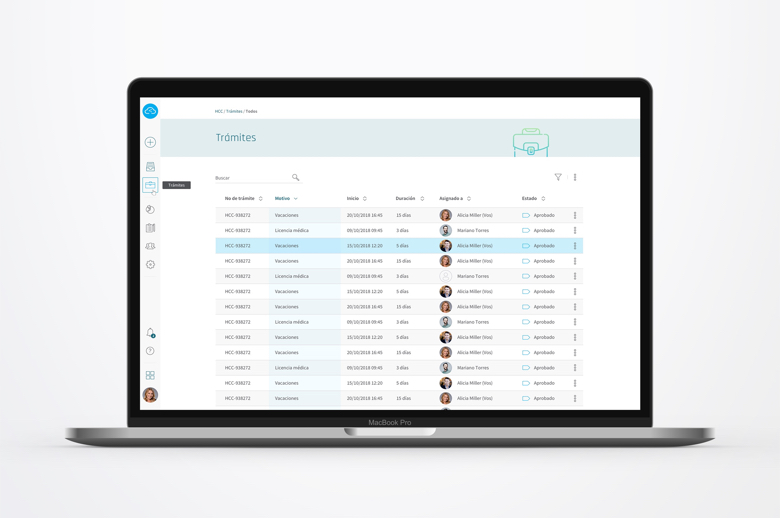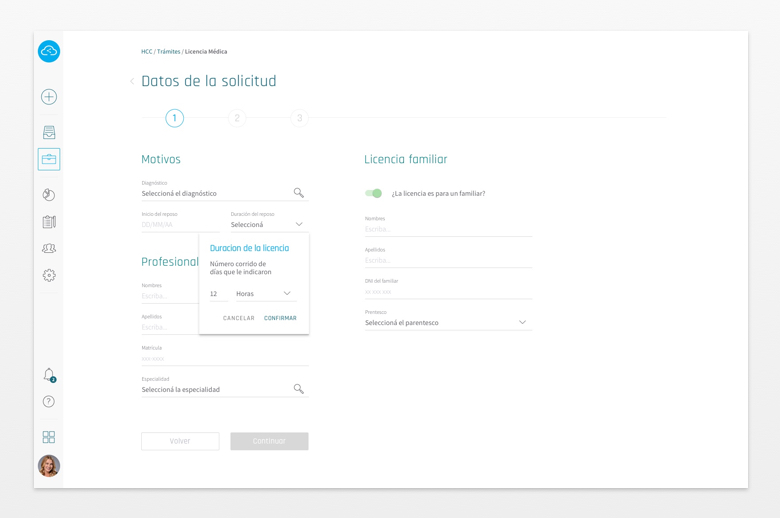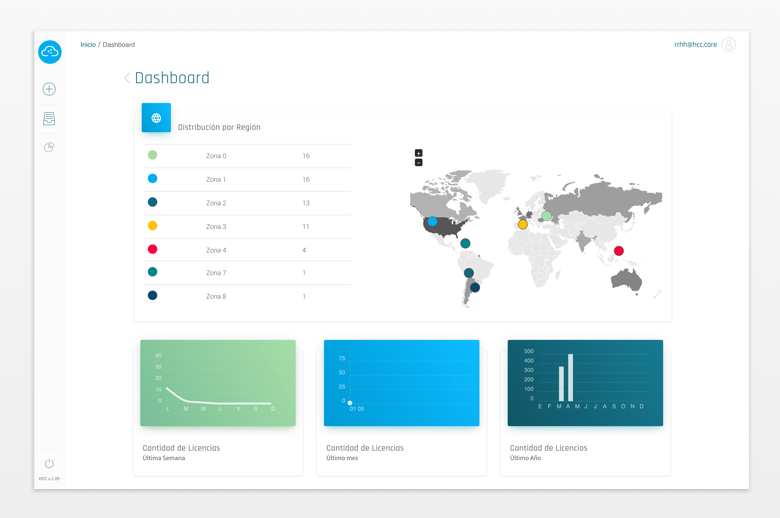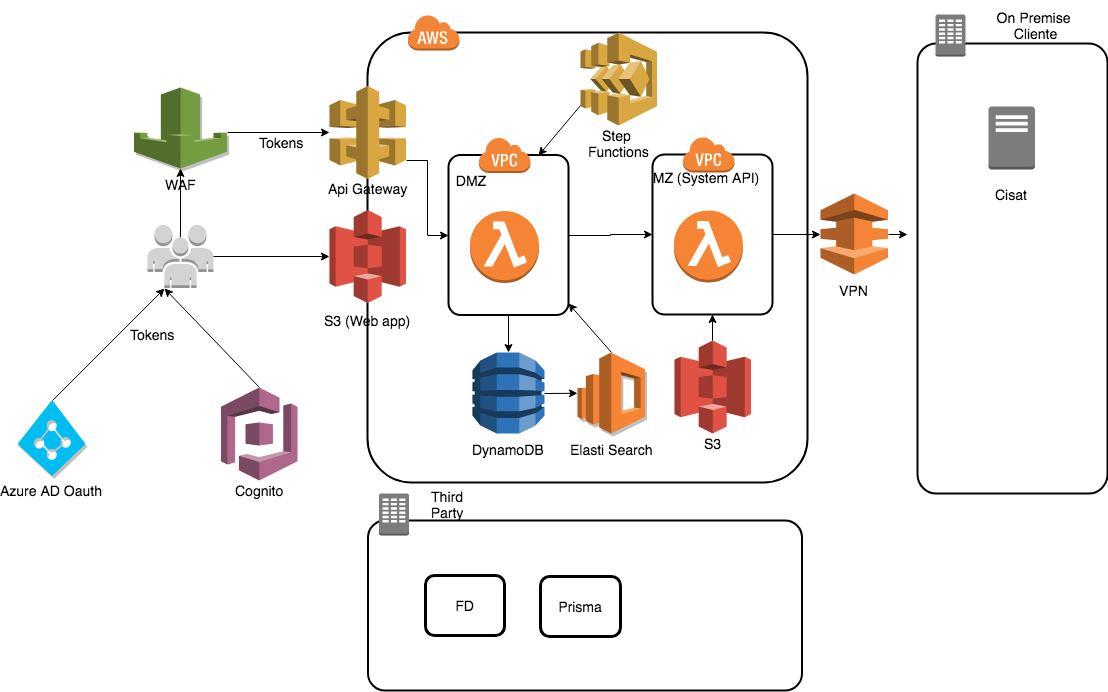
AWS Serverless Solutions
API Gateway & AWS Lambda

API Gateway & AWS Lambda
We are experts in Serverless solutions based on Amazon Web Services and we can create secure, highly scalable solutions that do not require investment in technological infrastructure.
Serverless is the model of cloud computing that is changing the conception of cloud services and is that just Serverless allows us to focus on the development of a project without the need to occupy time or invest money in renting or buying equipment or servers to host these solutions.
In Droptek SRL we know in depth each of the services that AWS makes available to us to offer our customers the best combination of them, achieving results for success.
Amazon API Gateway, AWS Lambda, AWS Step Functions, Amazon DynamoDB, among others are the pillar of serverless solutions in AWS Cloud.
API GATEWAY
Amazon Api Gateway is the AWS solution we use to connect our customers' users to their applications and services. Security, elasticity, flexibility and cost on demand are some of the features that make this service the ideal solution for applications that use APIs to send and receive data.
AWS LAMBDA
AWS Lambda is AWS's cloud computing solution that allows you to execute code without provisioning or renting any type of server instance.
This feature of AWS Lambda is undoubtedly the main advantage since its costs of use are based on execution having zero cost when not used.
STEP FUNCTIONS
AWS Step Function is a very important tool because it allows us to interrelate different AWS serverless services and visualize it graphically, with it we design the workflow for all the services involved in a solution.
DYNAMODB
Amazon DynamoDB is a non-relational database service managed entirely by Amazon Web Service, freeing us from thinking about technical issues related to scaling or data backups and focusing exclusively on making the most of this powerful engine to build applications that scale without any difficulty.
business registration for clients
With Banco Comafi's Digital Transformation platform,
several bank procedures were automated, saving hours of manual processes and filling out physical forms
with repetitive information for both customers and the bank. Implemented 100% in AWS.
-
Application: PEC and DEi
Customer: COMAFI Bank - Argentina
Detail of the CaseAdministrative processes automation system
Multitenant job management system for service personnel. The management of searches and selection is carried out through videos and text messages.
—
Application: Health.CC
Client: Argentina
Detail of the CaseBanco Comafi is a commercial bank of private Argentine capital. It has its headquarters in the City of Buenos Aires and has 65 branches distributed all over the country.
As a commercial bank, it operates in all sectors: individuals, microenterprises, small and medium enterprises, corporate, foreign trade, investment, trading, private banking and fiduciary business.
Among the various services the Bank provides to its Clients, we find the service of acquiring credit and debit cards. This is the process through which the bank pays the money of the purchases made with Credit or debit cards to the company through this process, providing financing and more payments options. This service requires a process of interaction between different areas (Center of Altas, Branch Officers, Marketers, Credit Cards, Risks, Frauds), communication with external companies and card processors mediators and the exchange of Forms and Documentation regulatory paper.
Implement a product / solution in the cloud at low costs with an architecture / model that is capable of:
Droptek’s workflow engine uses API Gateway and Lambda as it main interfaces and serverless processing platform, they are used to authenticate, authorize and process the user requests.
Step functions are used to coordinate tasks execution and to decouple business logic from base software
We use DynamoDB as main transactional database, it milliseconds response time help us to deliver high throughput from our web services, Elastic Search Service is used to provide reporting, search and analytics, by integrating both services using data streams we are allowed to provide real time information to business and technical users.
To allow proper support and troubleshooting we used CloudWatch logs for logging collection and processing, CloudWatch metrics to monitor and alerts reporting (envio de alertas). The application is X-Ray ready form comprehensive tracing from browsers or other clients across the application and AWS services and can be configured to propagate the trace to non aws backend systems
Cloudformation is used for new deployments and using the change set features we are allowed to update the system with minimal or no downtime.
HCC is a leading company in the Labor Medicine Service with more than 15 years of experience in the professional field. Their goal is to become the ideal tool to resolve licensing situations that arise in the dynamics of Human Resources.
Our client has placed special emphasis on developing a management platform that facilitates communication between the parties involved with the consequent saving of time and effort.
The application handles processes in forms of procedures and tasks that are generated to the different actors. The procedures and tasks are displayed in the generic worktray depending on the permissions and roles.
There are 2 types of procedures at this time: requests for vacation licenses and medical licenses and subsequently after the procedure are started the corresponding tasks are generated for the corresponding actors to complete them.
Implement a solution that allows to reduce the time of request and response in the generation of procedures that is low cost and flexible to adapt it to different types of procedures and end users, elastic so that it adapts to the demands and dimensions of the company.
Initially the project focuses specifically on reducing the management time and the digitization of the documents required for the employees sick leave and vacation leave requests, also improve the response time for the approval or rejection of the requests.
Reuse our workflow engine to add extra functionality and thus generate new solutions for different types of clients. It was required to have access to specific employee data via mobile and web applications and create a flexible and simple online paperwork management product for companies.
The customer's employee information was accessed through the web service provided by the customer. Only the minimum information needed to use the application (ID Number) was stored and the web service was called whenever additional information was needed. The rest of the information is stored in DynamoDB and Elastic Search and was always encrypted in transit and at rest.
We integrate the triggers that were used to execute the lambdas:
Api Gateway: They triggered lambda using Proxy Integration or Custom Authorizer. This integration was used to resolve access to data via all external customers (web/mobile).
SQS and Cloudwatch events: When the product was developed, Step Functions did not support any method of integration other than lambda functions (it was not enough for the case we had), so a CloudWatch events was integrated to process certain pending tasks in Step Functions executions.
Dynamo triggers and Elastic Search Service(Lambda Triggers): They were used to synchronize the data stored by transactional processes in DynamoDB with Elastic search. This allowed us to have statistical data in real time.
Cognito: was integrated to validate OAuth tokens from a lambda used in a custom Authorizer.
A module for the management of employee files was developed and 2 additional modules were developed on our workflow engine:
Operational Excellence: Cloudwatch was used to centralize logs and metrics and X-Ray to perform tracing. And the team was instructed in the use of X-Ray and Cloudwatch Insights for tracking and troubleshooting.
Security: We used the Droptek security and preferences application that makes use of Api Gateway and Authorizer functionality to allow invocations using API Keys and OAUTH Token. For Lambdas were defined roles and policies through the Cloud Formation scripts that installed them.
Reliability: The entire installation of the stack was automated with Cloud Formation to have the possibility of reconstructing the environment if necessary. The deployment is automated using Continuous Integration, with the possibility of performing rollbacks if necessary.
Native AWS backup services are used to safeguard data from all databases. All services are stateless and the configuration is applied from the continuous integration environment.
Performance Efficiency: VPCs and subnets were used with enough IP to support the assumed load peaks. At the data level, was used autoscale (Dynamo feature) from dynamodb. A sizing of memory and execution time of the Lambdas was performed according to the estimates delivered by the client.
Cost Optimization: Lambdas were designed thinking of the minimum possible use according to the requirements estimated by the customer. Cost task was applied in all the lambdas and the client was given an estimated monthly cost according to the load estimates delivered.
A simple tool was developed at low cost that can be adapted to different needs. Promptly our client received a positive impact with a low cost investment, little development time and low resources, measured in the following benefits:
Having an order in the tasks, a defined process to follow in each step brings the benefits of improving the efficiency of who executes it and reduces completion times.
After this solution was implemented the HCC client made a new implementation using the same workflow engine architecture to solve another different business topic.
FD goes by file exchange via S3 with M-control-managed transfer
Prisma goes for integration via RPA
The integration with On Premise is done through the connection: Direct Connect that the bank has with AWS and connecting to the services exposed by IBM Message Broker.
Step Functions is used to coordinate the sequence of executions and connects with the lambdas via API both to launch new state machines to interact with them or to take pending tasks using CloudWatch Event Rules (when the project was developed there was no possibility to push SQS directly from Step Functions).
We go hand in hand with AWS respecting the most important pillars of architecture
We implement an architecture based on AWS services that can be reusable for different processes and business areas. We use Cloud Formation to generate templates that can be applied to different needs with minimum resource costs.
We implement a scalable solution according to the priorities and needs of the client, giving the possibility to start with the most critical processes and expand the solution model in less time without the need to make initial estimates in the future. AWS cloud services allow us to develop applications that adapt over time according to business demands.
We use the robust capacity that AWS has to maintain the security of our clients' data, we use IAM for the creation of roles and API Gateway Authorizer for access control.
The development of AWS cloud solutions is totally secure, applications and data are replicated in different regions and availability zones.









